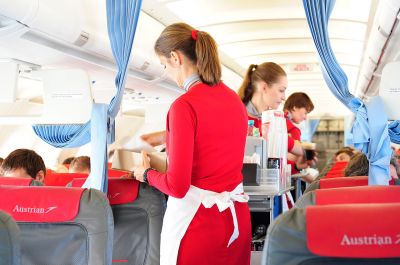While aviation accidents have decreased in recent years, the EU is
constantly striving to reduce the possibility of a mishap due to human
error as much as possible. This is particularly important since air
traffic is growing, requiring the utmost efficiency in operating an
aircraft. In this vein, the EU-funded project 'Advanced cockpit for
reduction of stress and workload' (
ACROSS) is working on improving crew performance during high workload periods to upgrade safety.
To achieve its aims, the project is working on developing and
testing new flight deck solutions to better manage peak workload
situations during a flight and to reduce pilot stress. It is improving
on cutting-edge automation systems to support the flight crew during
intense workloads.
ACROSS is also working on novel cockpit-based technologies that
enable a reduced crew to operate safely in certain conditions. This
involves different scenarios such as intentional reduction of crew
during long-haul flights, partial crew incapacitation and even full crew
incapacitation. For example, in rare instances where a pilot may suffer
from physical or psychological issues, this particular solution could
be very useful.
Another important project aim is to identify challenges concerning
the implementation of single-pilot operations in the future, which
stands to minimise operational costs while maintaining safety standards.
In this context, the team is looking at single-pilot operations as a
case study that spurs innovation and solutions to raise safety
standards.
Overall, the tools and guidelines emerging from the project promise
to increase overall safety in air transport, including possibly the
avoidance of future incidents and accidents. In addition, the envisioned
systems will reinforce the image of a very safe mode of transport. They
will also help to reduce crew in the long run to improve cost
effectiveness, providing a competitive advantage to airlines and
benefiting passengers.
Other benefits include enhanced primacy for the European air
transport industry and new opportunities for the aviation equipment
manufacturing industry. Once the project is completed, it will represent
yet another valiant effort to enhance safety and strengthen Europe's
leading position in the sector.

